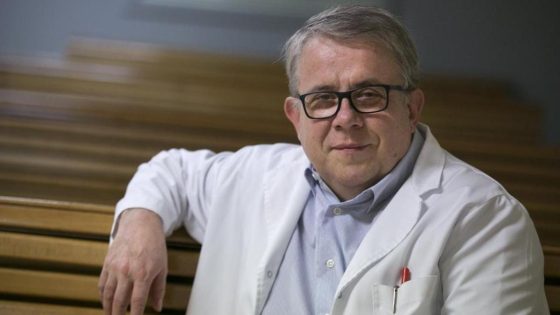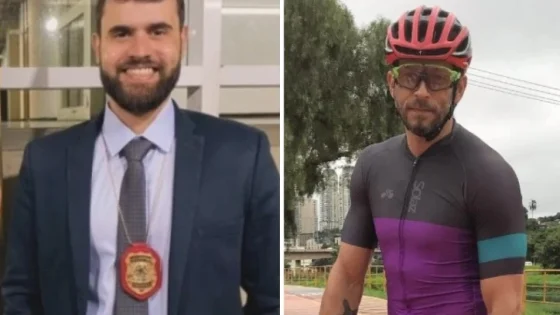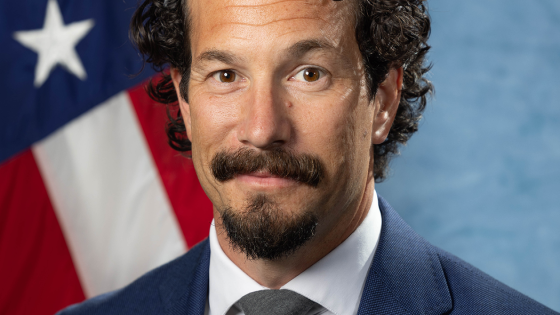In a recent interview, Jaume Padrós, the president of the Col·legi de Metges de Barcelona, highlighted a growing trend: more than half of the doctors registered in Catalonia have trained outside the European Union. This shift raises questions about the quality and consistency of medical training for these professionals. How can we ensure that all doctors meet the same standards?
- Over half of doctors in Catalonia trained abroad.
- Increasing number of non-EU medical professionals.
- Lack of medical school places for locals.
- Concerns about the preparation of foreign doctors.
- Bureaucratic delays in title homologation process.
- Need for better planning in medical education.
Why Are More Doctors from Outside the EU Practicing in Catalonia?
As the demand for healthcare professionals rises, Catalonia faces a shortage of local doctors. Why are so many foreign-trained doctors filling this gap? The Col·legi de Metges de Barcelona reports that 56% of new registrants are from outside the EU, primarily Latin America. This trend reflects a pressing need for medical professionals, but it also raises concerns about their training and integration into the healthcare system.
Addressing the Challenges of Medical Training and Integration
While many foreign-trained doctors are highly skilled, discrepancies in their training can pose challenges. The Col·legi de Metges de Barcelona emphasizes the need for a robust system to evaluate and integrate these professionals effectively. Here are some key points to consider:
- Many foreign doctors do not undergo the same rigorous training as local graduates.
- Language barriers can hinder communication with patients and colleagues.
- Long bureaucratic processes for title recognition can delay their entry into the workforce.
- Proper integration is essential to maintain healthcare quality.
Evaluating the Quality of Foreign Medical Training
Padrós acknowledges that while many foreign doctors are well-prepared, their educational backgrounds can vary significantly. Some may lack familiarity with the Spanish healthcare system or the language, which can affect patient care. This inconsistency raises the question: how can we ensure that all practicing doctors meet the same standards?
The Impact on Local Medical Students
With a growing number of foreign-trained doctors entering the workforce, local medical students face increased competition for limited spots in medical programs. Padrós points out that many qualified students are unable to pursue their dreams due to high entry requirements. This situation calls for a reevaluation of medical education and training capacity in Catalonia.
In conclusion, while the influx of foreign-trained doctors can help address immediate healthcare needs, it is essential to implement systems that ensure consistent quality and integration. The challenge lies in balancing the demand for healthcare professionals with the need for rigorous training standards.





























